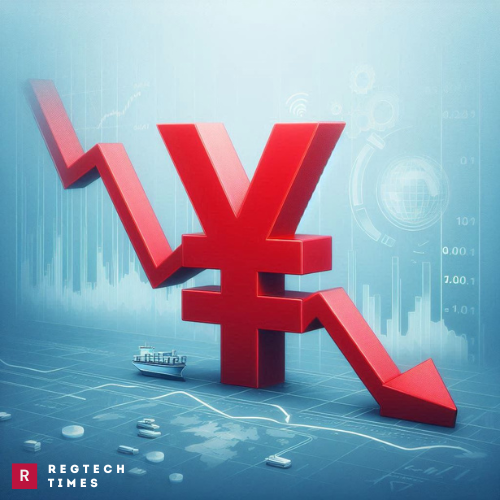China’s currency, the yuan, slipped slightly against the U.S. dollar on Friday, even after a long-awaited phone call between U.S. President Donald Trump and China’s leader Xi Jinping. Many around the world were hoping the conversation would calm down the tense relationship between the two biggest economies on the planet. But the phone call left many key disagreements unsolved, especially around trade and Taiwan.
The leaders talked for over an hour. During the conversation, Xi Jinping told Donald Trump to back off from harsh trade actions that have caused trouble in the global economy. He also warned the U.S. not to take strong steps on Taiwan, a sensitive subject for China.
Even though the call seemed positive on the surface, it didn’t offer any solid agreements. The two leaders only briefly discussed access to important materials and rules around exporting technology. Tariffs—extra taxes on goods traded between the two countries—were not cut or even addressed clearly. This left investors unsure about whether the two nations are really moving closer to a full deal or just talking without making big decisions.
About us
Regtechtimes is a niche digital media platform that provides news, stories, and resources about regulatory technology. Regtechtimes is a valuable resource for anyone who wants to learn more about laws, regulations, technology and innovations and its potential to transform the financial services industry.
Trending Stories
???? China’s silent strike—pulls $10 billion from US debt as rare earth battle heats up
China has once again reduced its holdings of US...
⚖️ Justice Strikes—DOJ Charges Alexander in Shocking $1.1M Pandemic Fraud Operation
A Columbus man, Benjamin O. Alexander is facing serious...
???? Cracking down at sea — U.S. naval surge hunts North Korea’s sanctions evasion ring
The United States has once again made it clear that it is serious about stopping countries like North Korea from breaking international rules at sea.
Newsletter Subscription
© 2018-2025 Regtechtimes LLC. All Rights Reserved.


